(June 1, 2023) Burma Burma is full, even on a Monday evening, and the staff are busy serving up laphet (fermented tea leaf paste), tohu (made from chickpea) and seitan imported from Indonesia. It’s a tribute to authentic Burmese cuisine and the restaurant we’re at is the newest one, boldly placed after a Pan-Asian restaurant that serves up more familiar fare, plus cocktails. Burma Burma, on the other hand, is vegetarian, offers nothing stronger than boba tea and is still clearly where everybody wants to be. “Bengaluru is our biggest market,” founder Ankit Gupta grins, as he joins us for a pre-dinner chat. “They’re fascinated with jackfruit, banana flower, avocado ice-cream and mock meat.” This restaurant is a tribute to Burmese gardens – “We want to recreate the feeling of dining outdoors in a Burmese bungalow, and celebrate Bengaluru’s greenery,” he says, pointing to the 100-year-old banyan tree standing right beside our window seat.
Growing up with a Burmese mother, Ankit Gupta recalls a separate refrigerator at home exclusively for Burmese staples like laphet – “Eighty percent of the tea they produce goes into making this,” he explains. At school, friends would wait for fresh batches of balachaung, a spicy relish with onion, peanut, garlic and spice (rightly so, it’s delicious), kho suey, plum candy and sunflower seeds. His other influence was his father, a second-generation hotelier himself.
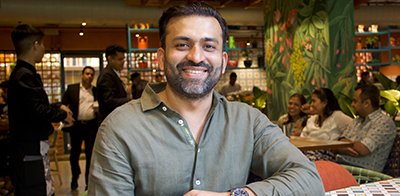
Ankit Gupta, co-founder, Hunger Pangs Private Limited
A family legacy
“I had a heavy influence of Burma and the restaurant industry,” Ankit tells Global Indian. “My grandfather came from Haryana and started one of the first licensed tea stalls, back in the 1950s.” He went on to acquire hotels and properties near Santa Cruz East, near the Bombay airport. And for the first ten years of his life, Ankit and his family lived inside the hotel. “I loved living like that,” he says. “You can order room service at midnight, there’s a driver ready always… I was very pampered.” Entertaining guests was part of daily life too, both his parents loved it, as did Ankit himself.
Ankit Gupta trained in hotel management, and did a diploma with the American Hotel and Lodging Association. He began his career with the Taj Group, becoming a beverage manager and an assistant manager. It was a firsthand glimpse behind the glamour of the hotel industry – “The pampering ends, you’re working 18-19 hour-shifts. I would report at 1 pm and leave at 5 am for two years straight.” This was when the seed for Burma Burma was first planted in Ankit’s mind. Meeting people from different countries inspired him to travel too, which he did, exploring Asia and the world to understand people and food.
In 2011, Ankit returned from his travels and went back to join his family business. “That was when my chef and I went to Burma for the first time,” he says. Maybe it was the charm of visiting one’s roots, but Ankit was instantly captivated by the place, its “beauty, culture and all that the country has to offer.” He began traveling more often, meeting chefs, restaurant owners and exploring the possibility of making this a concept in India. “I wanted Indians to experience the Burma I knew,” he remarks.
Finding Burma a place in India
The first Burma Burma came after three solid years of R&D. “You need the right contributors to come on board and make sure that the end product is great,” Ankit says. “It needs to have a very strong connection to the food, to the culinary techniques.” Ankit and his co-founder Chirag, a friend from school, held pop ups across the country – at Sunburn in Goa, at school fairs, selling buckets of kho suey for Rs 100. “We were sold out, everywhere, every time,” he smiles. “Whoever ate our food liked it.”
So, in 2014, they started Burma Burma and the concept found immediate success. Two years later, they went to Gurgaon. Now in their ninth year, they own eight Burma Burma restaurants in seven cities in India. “We’re opening in Hyderabad, Ahmedabad and another in North Bangalore.” In fact, they hope to double the number of restaurants in the next two years.
Veg only, please

The tea leaf salad, with avocado and laphet dressing
“We are not a vegetarian restaurant, we are a restaurant that happens to be vegetarian,” Ankit says. On their trips to Burma, they found that a lot of dishes are inherently vegetarian, but covered in some kind of seafood condiment. Fermented fish paste, shrimp powder and broth made from catfish or sardine are the staples. “It’s very strong,” Ankit explains, adding, “Even non-vegetarians may not like it. Also, because they abstain for two months in the year, vegetarian food is very easy to find.”
Burmese days
Political turmoil and civil unrest have been a way of life in Myanmar for decades. The coup d’etat of 1962 resulted in a military dictatorship under the Burma Socialist Programme Party, marking the start of decades of strict border controls under what was said to be one of the most abusive regimes in modern world history. In August 1988, the 8888 uprising led to brief normalcy and a multi-party system, and in 2011, the year Ankit made his first trip, the military junta had been dissolved following the 2010 election. Political prisoners like Aung San Suu Kyi were released under the partly civilian government. Suu Kyi’s party won a clear majority in 2020, but the Burmese military seized power in one more coup d’etat. In 2021, the borders were closed again for some time and even now, tourists are advised to stay clear.
The country Ankit Gupta entered in 2011 was, in his own words, “pure, untouched and clean.” There was no “Pepsi or cola, no SIM cards, no phones.” Few people had experienced the Burmese culture, or the warmth and hospitality of its people. “People would sing, enjoy themselves and have fun,” he says. “When they saw a foreigner, they would feel very happy, they welcome you with open arms.” These days, he travels often, every five or six months to explore the food or source ingredients and dines at the homes of his vendors and suppliers.
The diaspora food trail
He discovered culinary traditions that reminded him very much of home. Myanmar is home to a sizeable Indian diaspora – indentured labourers taken to Rangoon by the British, as well as traders, businessmen and moneylenders from the Chettiar community in Tamil Nadu. “They love dosas, samosas and Bengali-style biryani,” Ankit explains. “They also sit around a low table with a plate of rice, meat and vegetables, from which they all eat together.”
The diaspora is varied – Indians, Chinese, Thai, Cambodians, Vietnam. “They all brought their own influences,” says Ankit. Still, Burmese cuisine stands on its own, and is versatile and diverse. “They believe in fresh ingredients and simple food,” he says. “You will find hawkers who can serve up 50 dishes from a 4×4. You would be amazed.” Burmese cuisine involves a lot of roasted gram flour, chilli, tamarind, sunflower seed, as well as laphet and dried and fermented mustard seed from the hilly regions of Kachin.
“The food is very diverse,” says Ankit. “There are eight mother communities or tribes, and their sub tribes.” Over the years, Ankit and his team have traversed the length and breadth of Myanmar, which they continue to do every few months, and always manage to discover something new. “Business is a side product,” he smiles. “If you have a good product and a good restaurant, people will come and business will grow.”
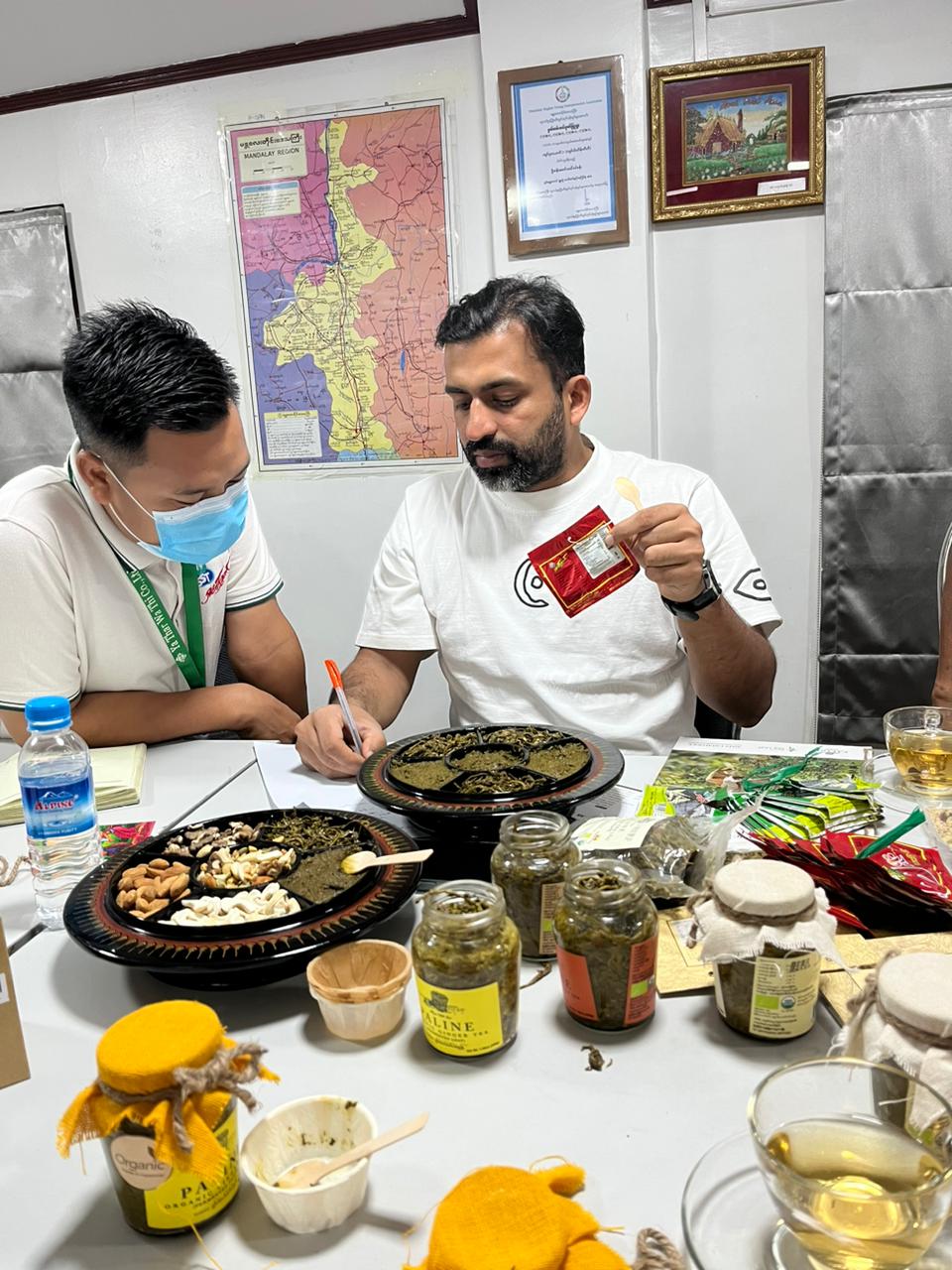
At this point, a waiter arrives with bowls of Kachin dried-mustard soup, a tangy concoction with garlic and edamame. “The mustard greens are pickled and put underground for three months, after which they are cured,” Ankit explains. The avocado with the characteristically bitter laphet dressing arrives next – it’s impossible to replicate outside of Myanmar, Ankit informs us. “They use a special fermenting process – chefs have tried to replicate it but it doesn’t work.” The leaves, which become extremely soft after the fermentation process, are made into a paste with olive oil.
Sourcing ingredients
Ankit Gupta works with his brothers to source ingredients. “I have a channel from the Manipur side, one from Thailand and another from Bodh Gaya,” he says. While the situation has improved since 2010, security issues and border restrictions could happen at any time. “There isn’t a free flow of trade still, but it it happens. We call it in bulk and store it.”
Ankit Gupta’s unwavering passion for Burmese cuisine, rooted in his upbringing and travels, has paid off, handsomely. By embracing the authenticity of traditional recipes and sourcing genuine ingredients, he has created an extraordinary dining experience that immerses Indian food enthusiasts in the diverse and flavoursome world of Myanmar. Ankit’s commitment to quality and his relentless pursuit of culinary excellence continue to fuel the expansion of Burma Burma, captivating diners with the wonders of Burmese gastronomy.
- Follow Burma Burma on Instagram

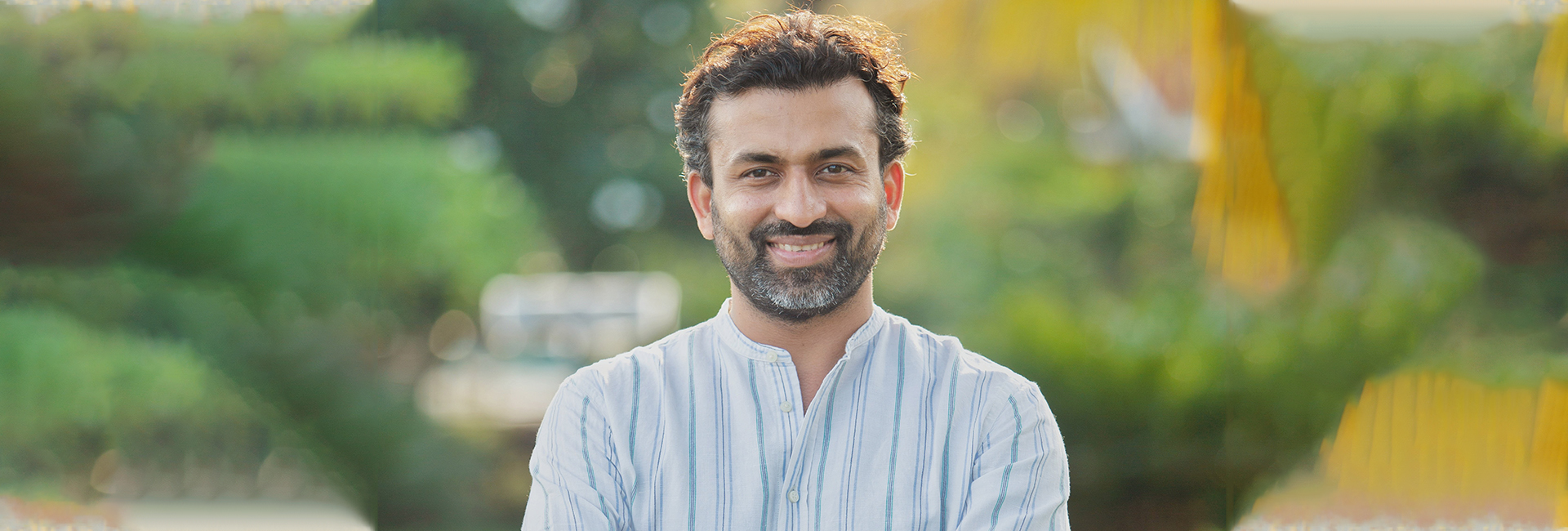
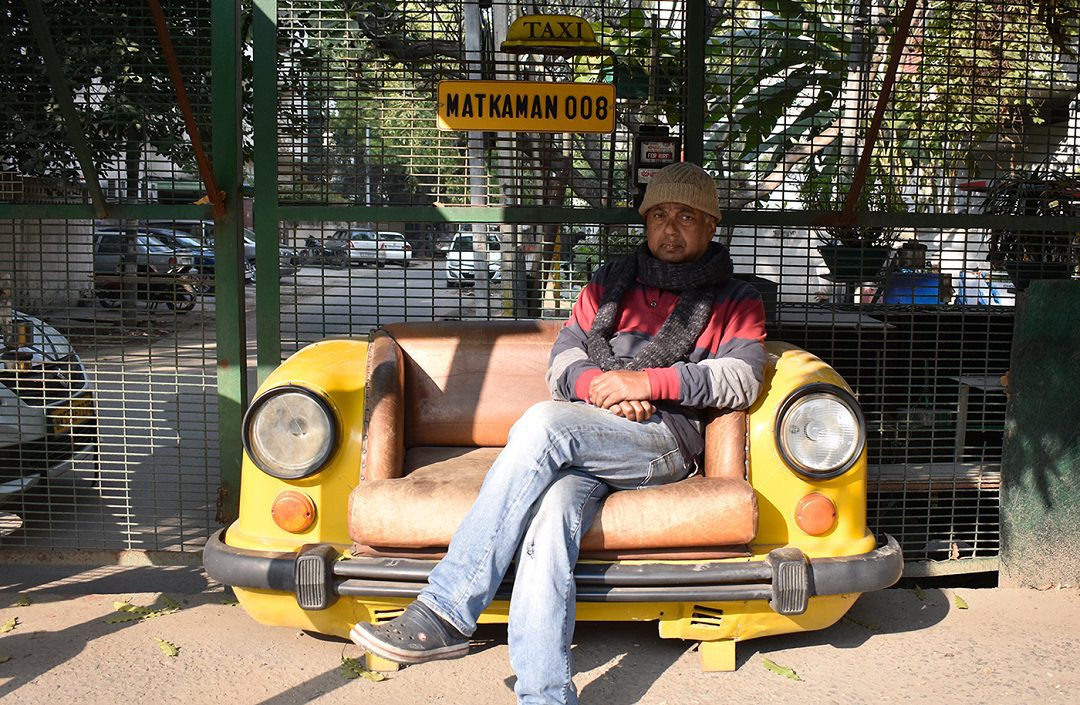
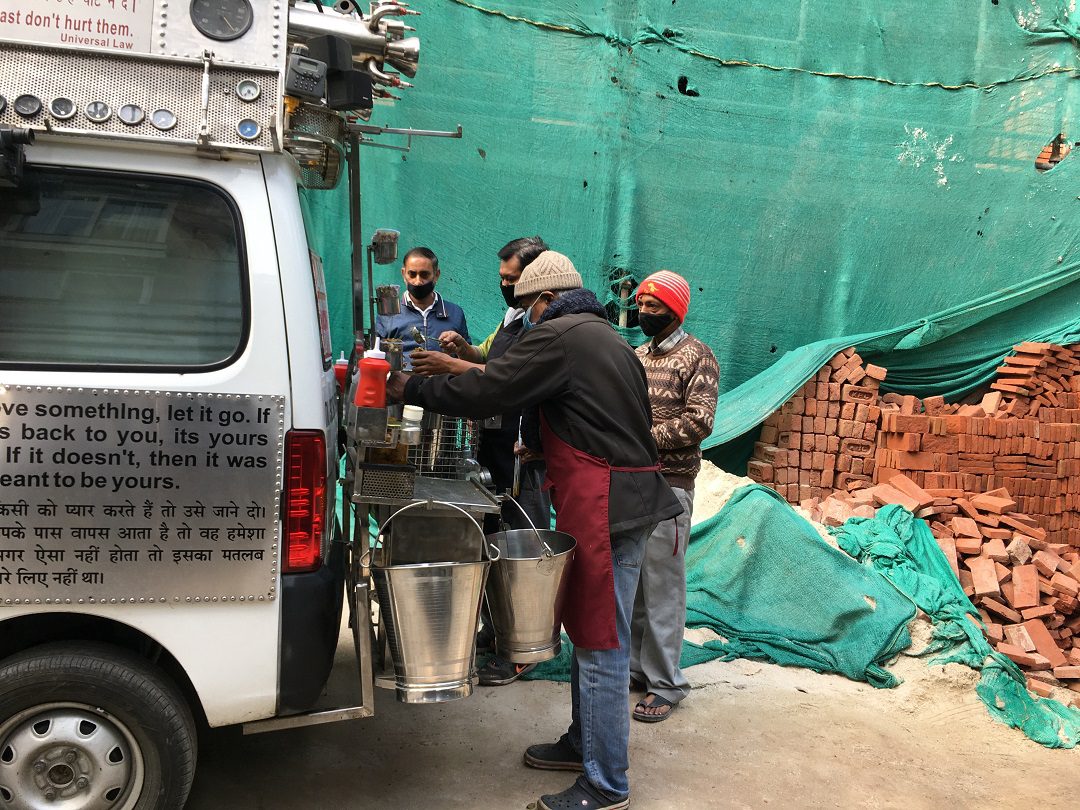 Matka Man distributing salad at construction sites.[/caption]
Matka Man distributing salad at construction sites.[/caption]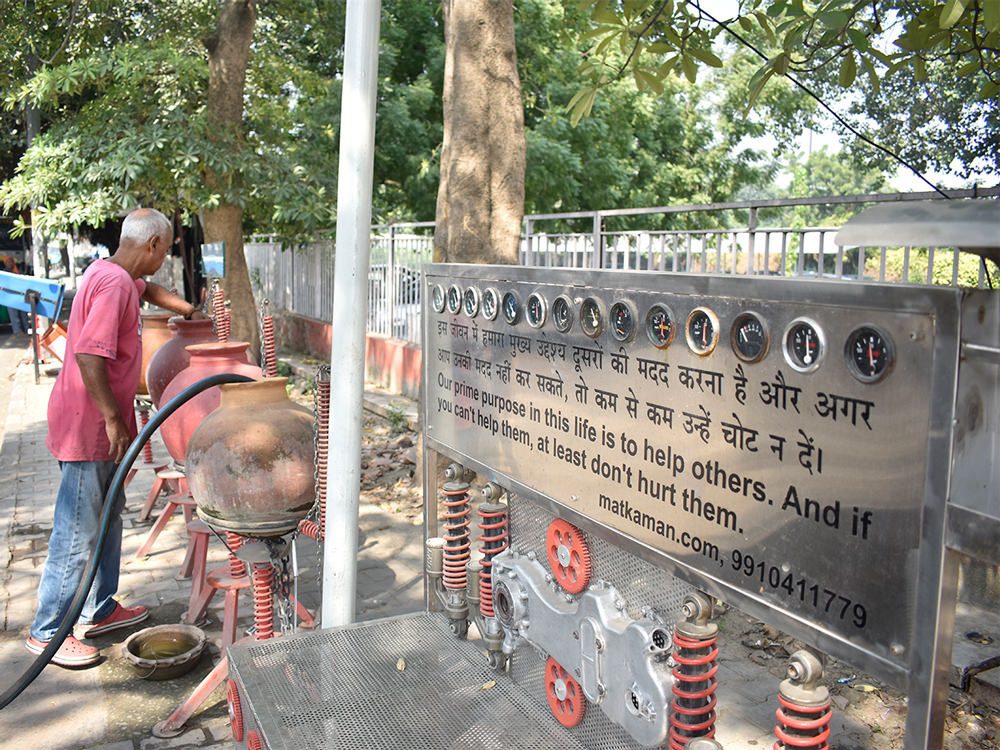 Matka Man filling water near a bench installed by him.[/caption]
Matka Man filling water near a bench installed by him.[/caption]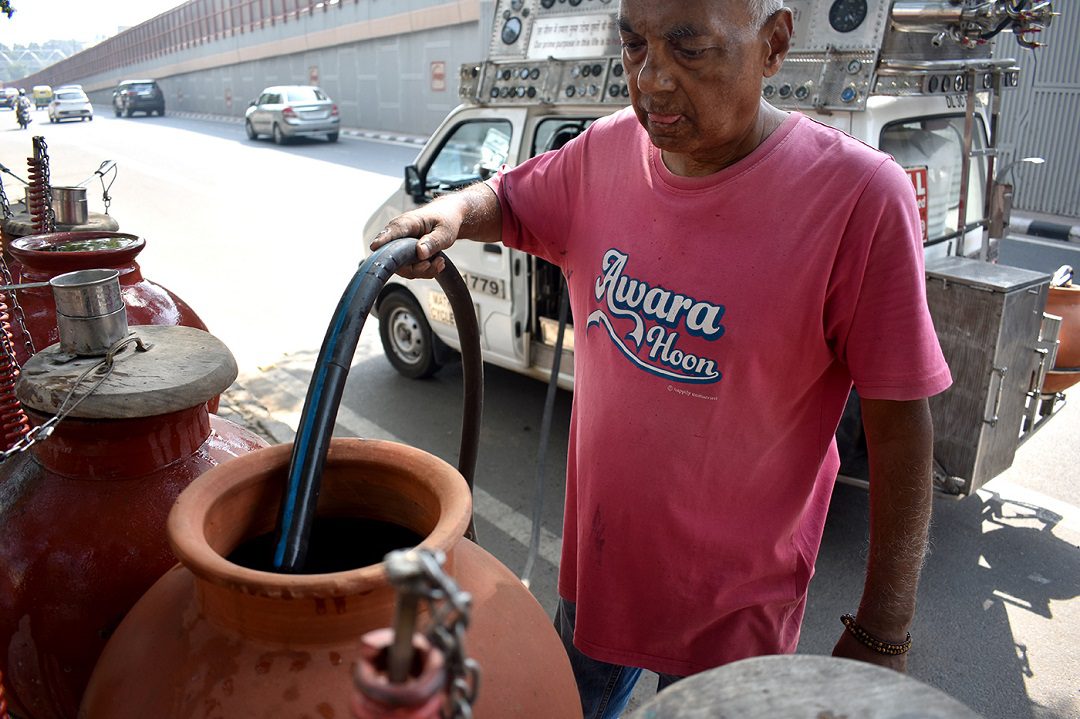 Matka Man filling up water at one of his matka stands.[/caption]
Matka Man filling up water at one of his matka stands.[/caption]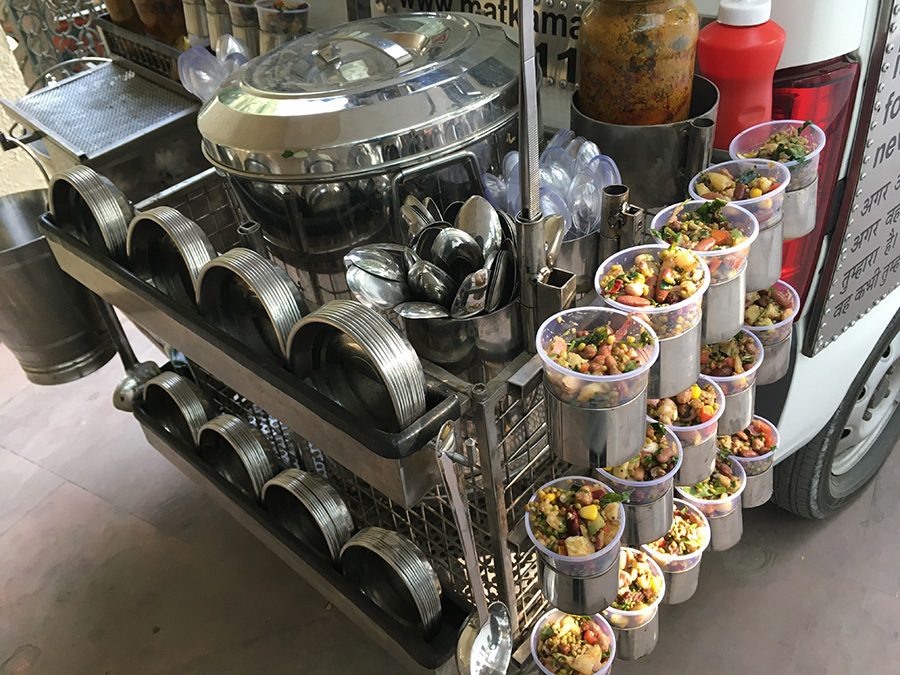 Matka Man's truck ready for salad distribution.[/caption]
Matka Man's truck ready for salad distribution.[/caption]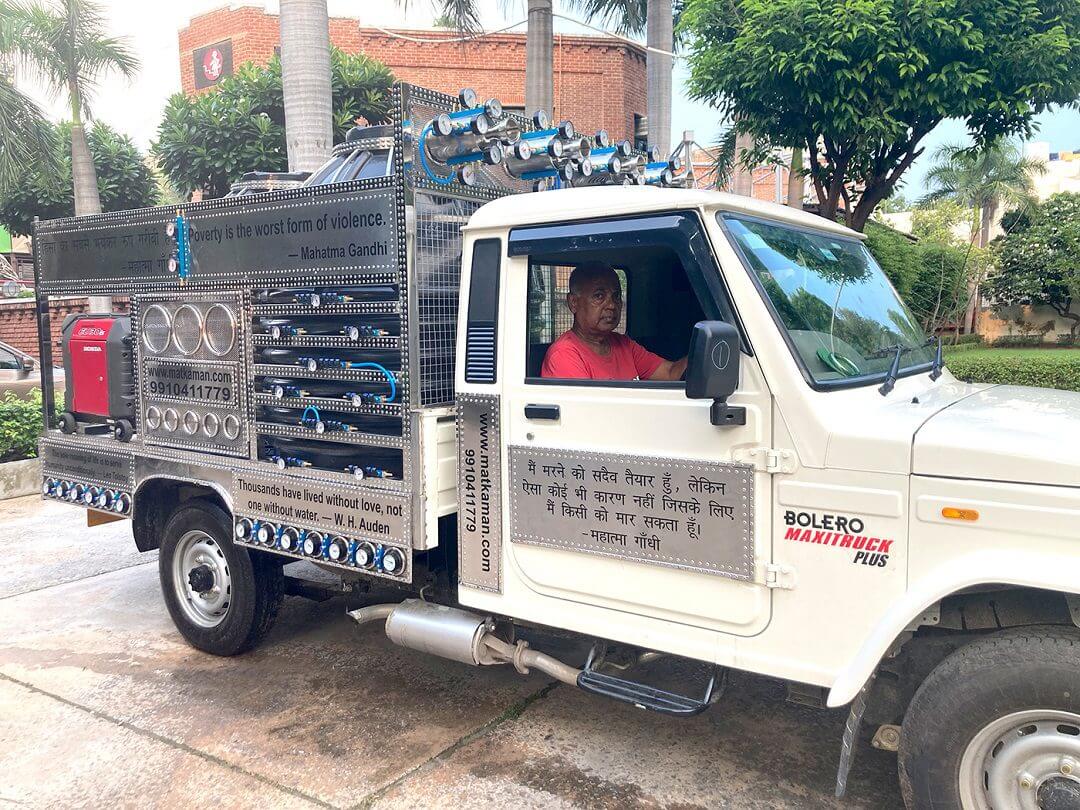 Matka Man driving his Bolero truck.[/caption]
Matka Man driving his Bolero truck.[/caption]
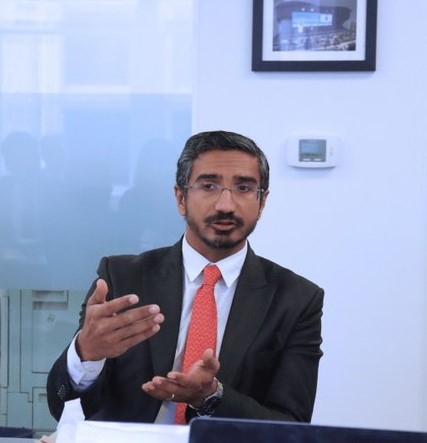 Dhruva Jaishankar[/caption]
Dhruva Jaishankar[/caption]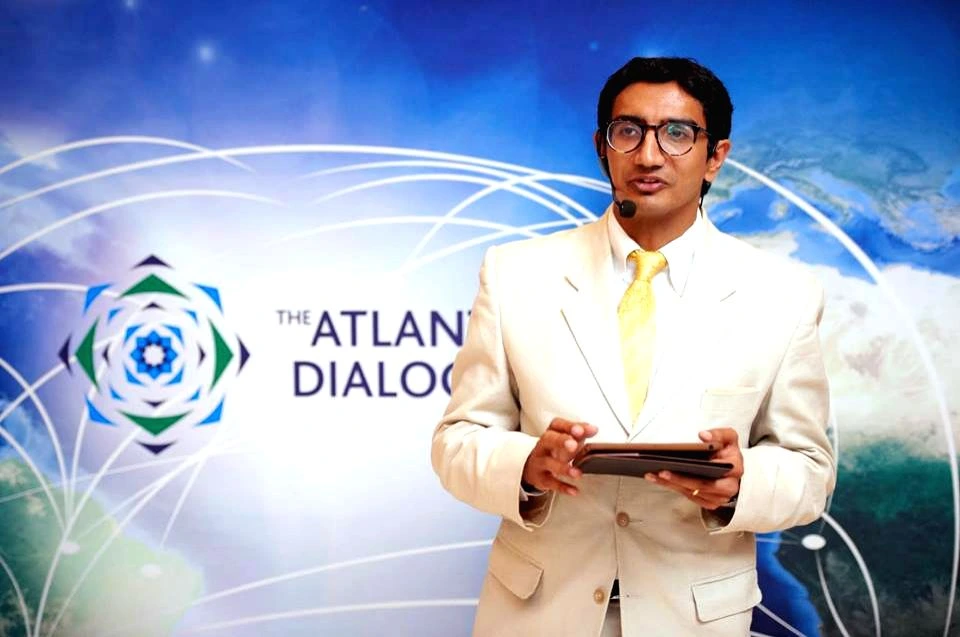 Dhruva Jaishankar during the early days of his career[/caption]
Dhruva Jaishankar during the early days of his career[/caption]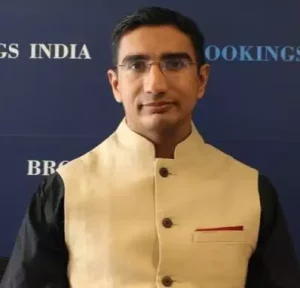 Dhruva Jaishankar during the early days of his career in India[/caption]
Dhruva Jaishankar during the early days of his career in India[/caption]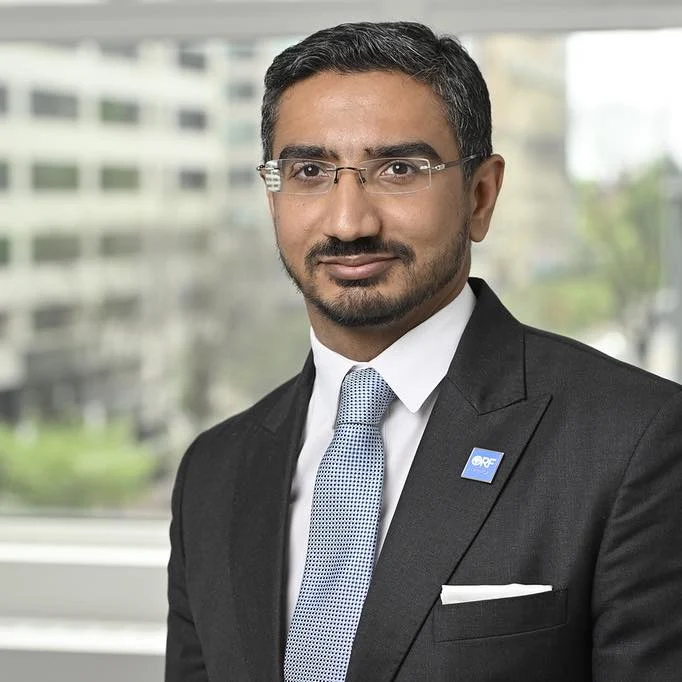 Dhruva Jaishankar[/caption]
Dhruva Jaishankar[/caption]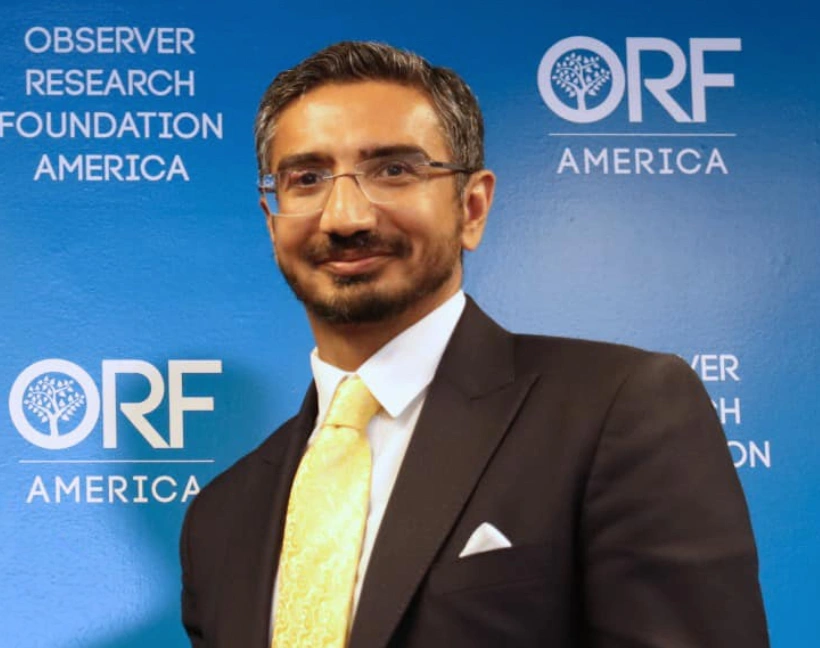 Dhruva Jaishankar[/caption]
Dhruva Jaishankar[/caption]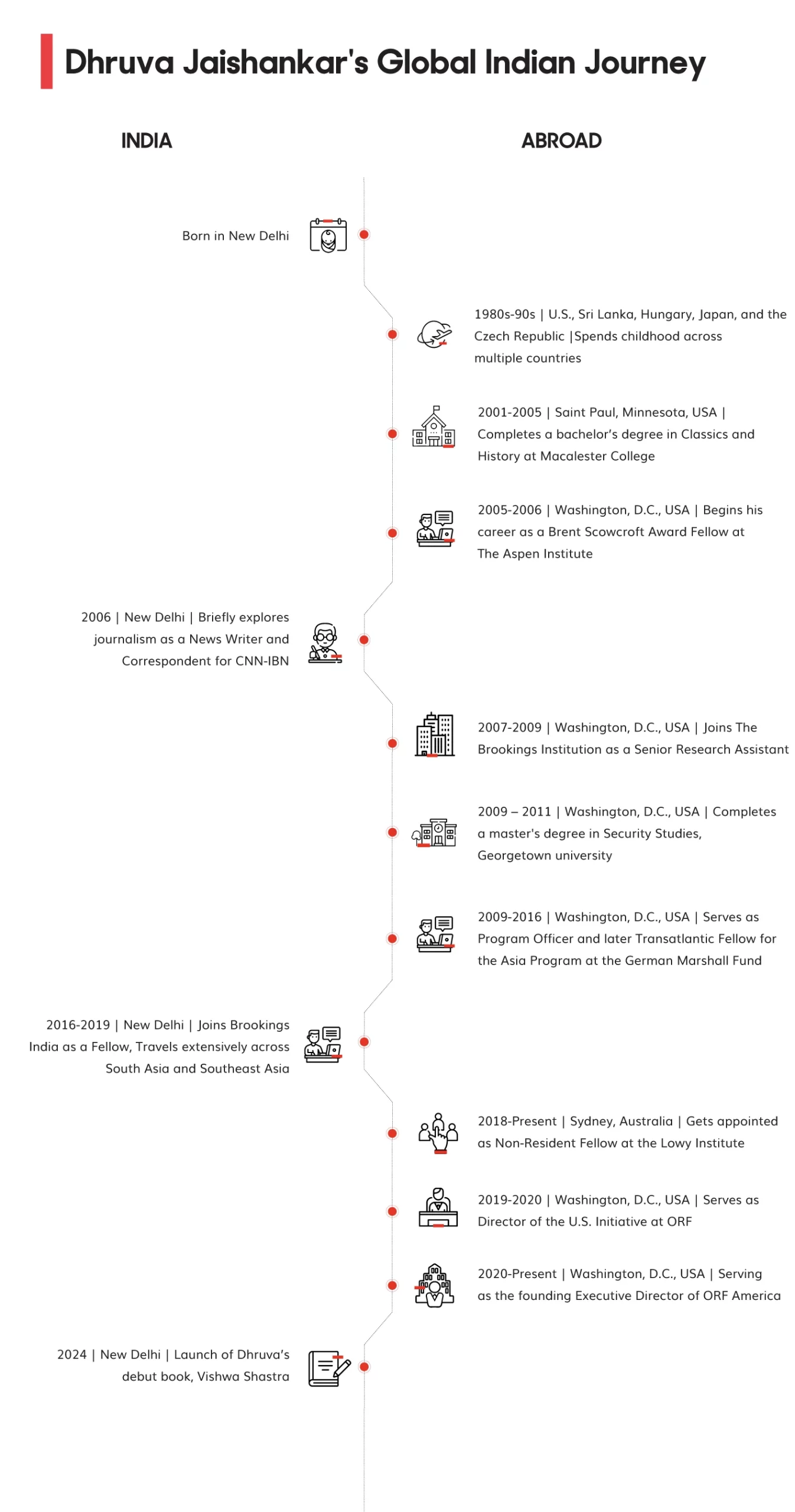
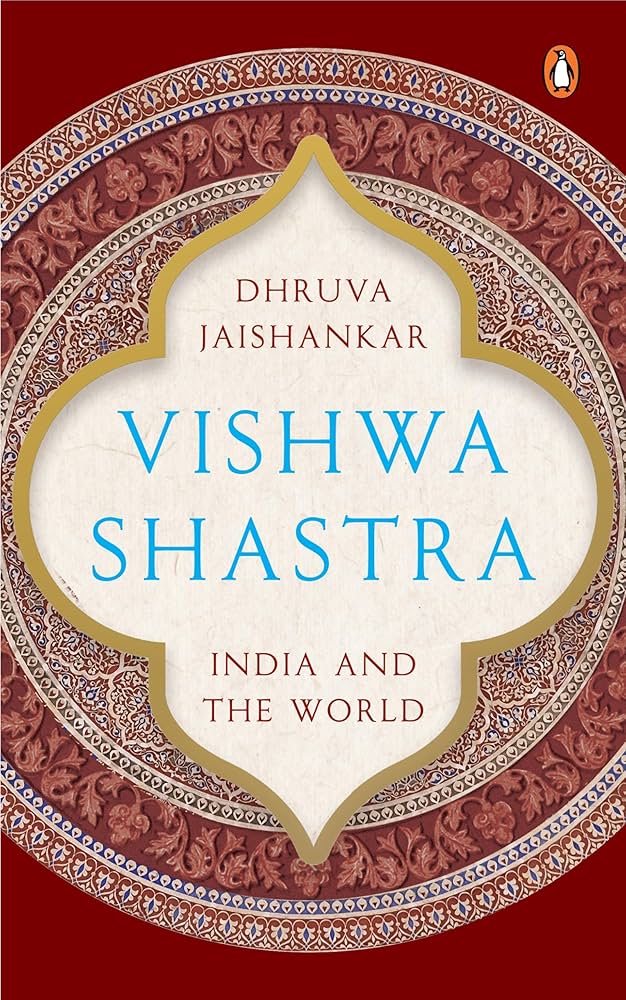
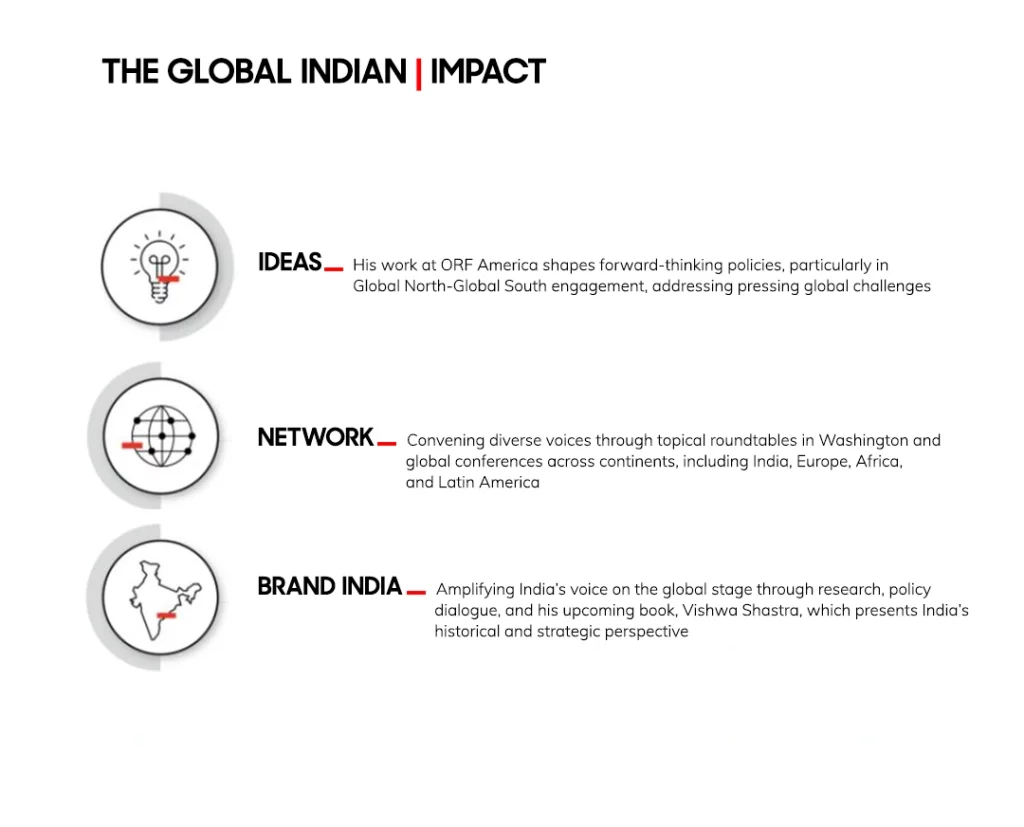

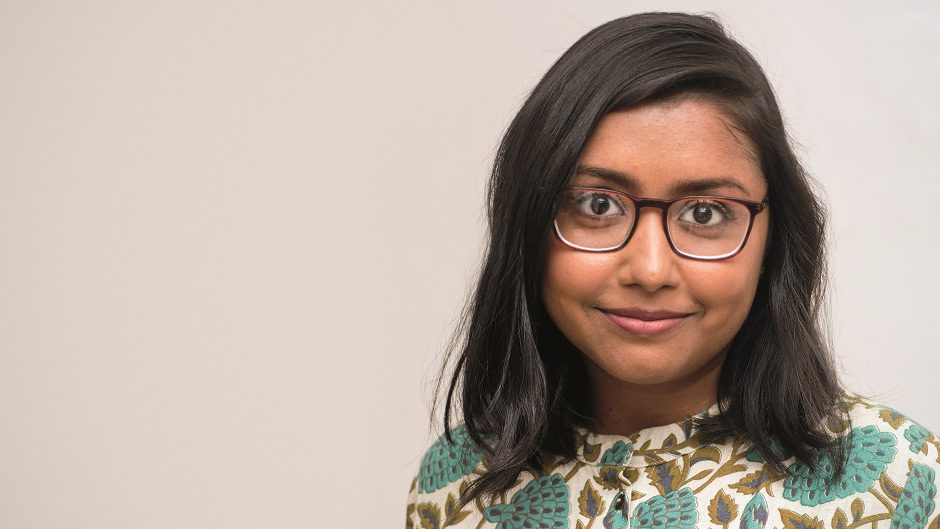 Megha Majumdar[/caption]
Megha Majumdar[/caption]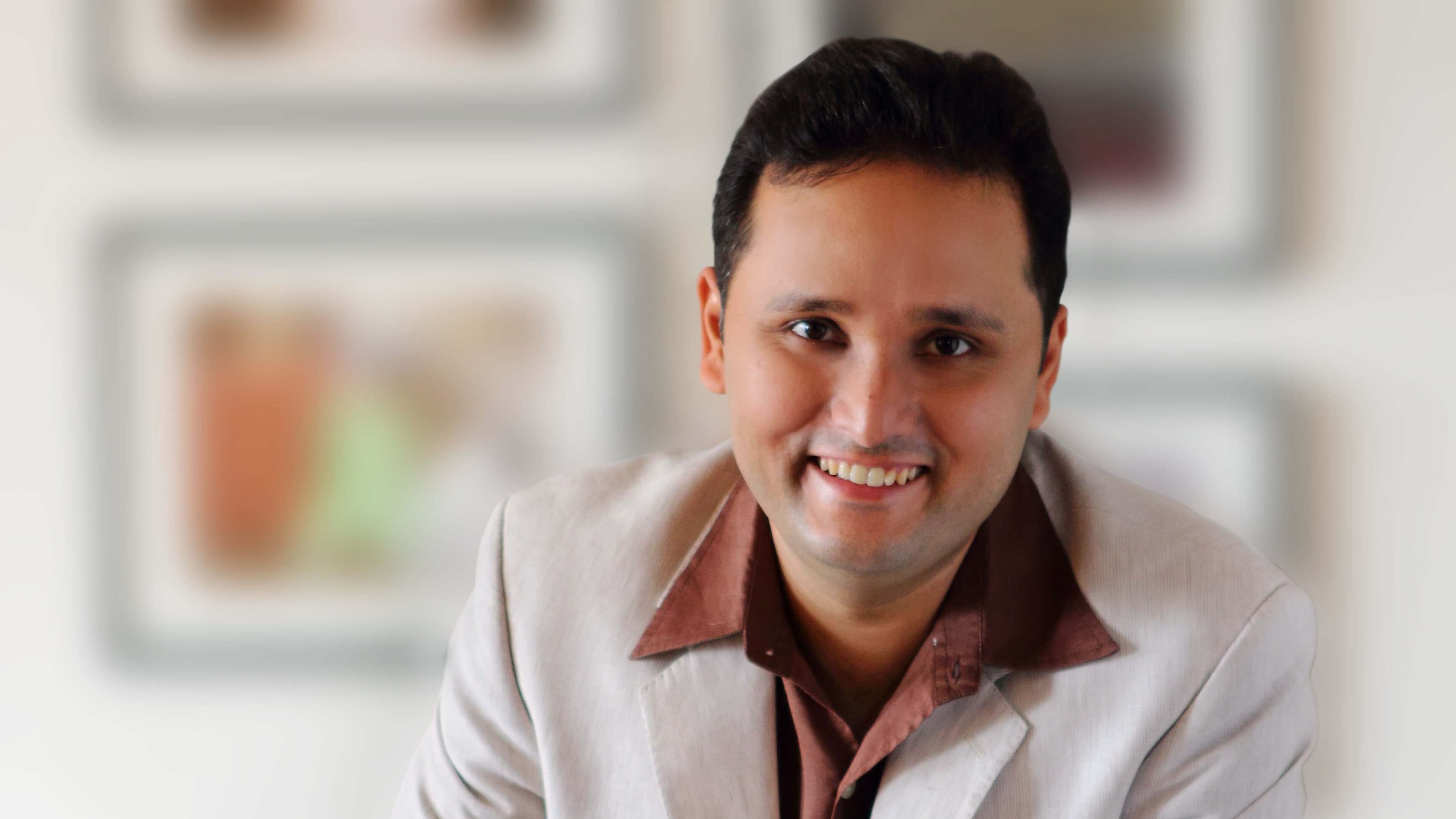 Amish Tripathi[/caption]
Amish Tripathi[/caption]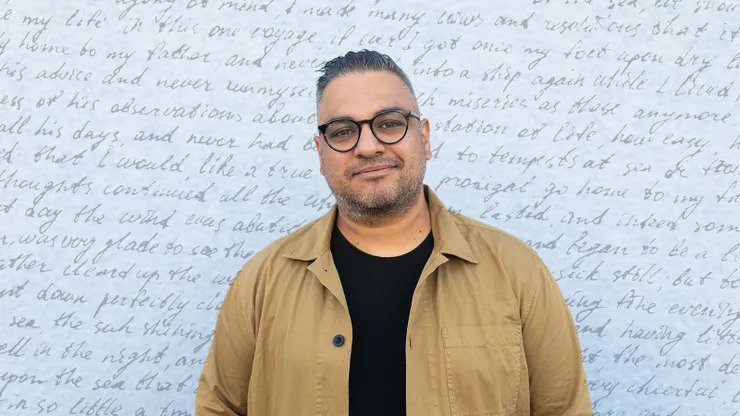 Nikesh Shukla[/caption]
Nikesh Shukla[/caption]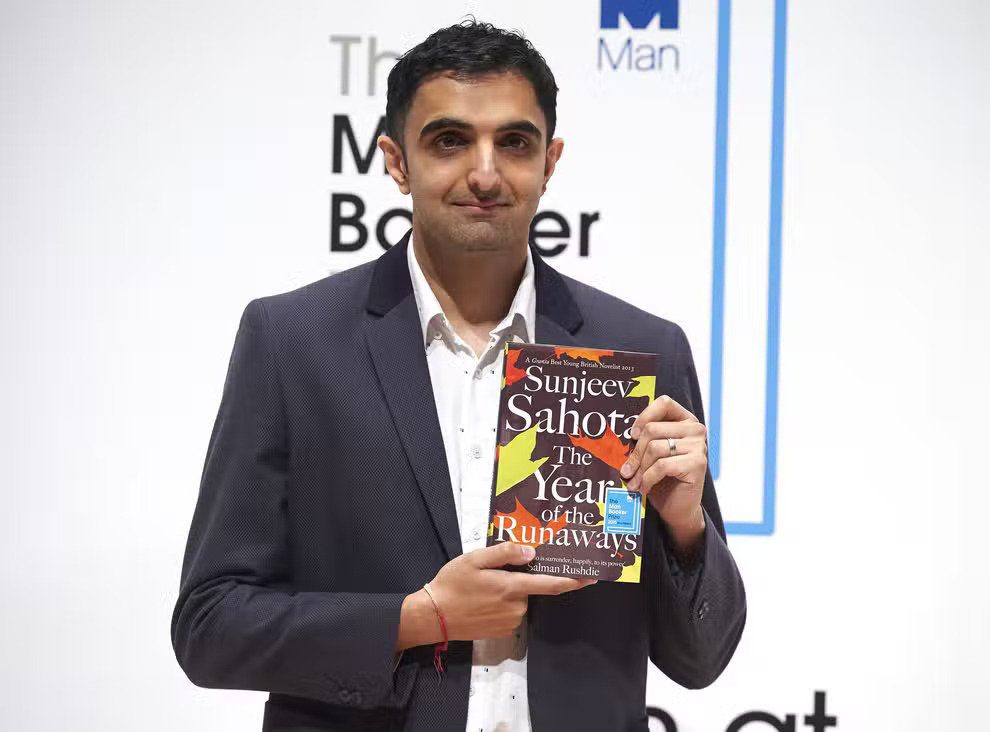 Sunjeev Sahota[/caption]
Sunjeev Sahota[/caption]
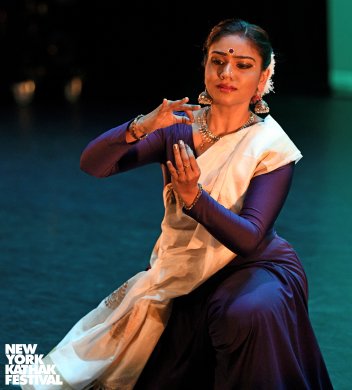

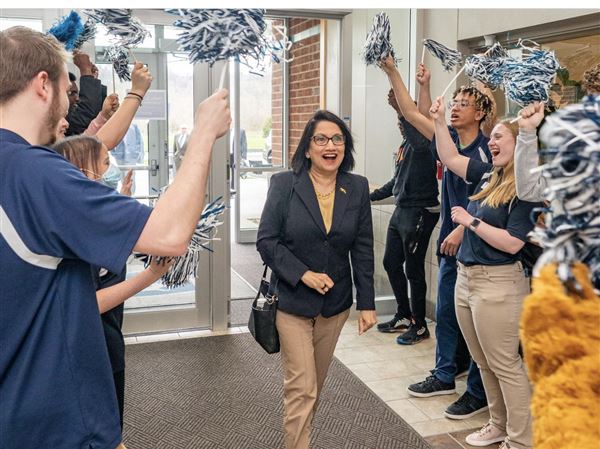
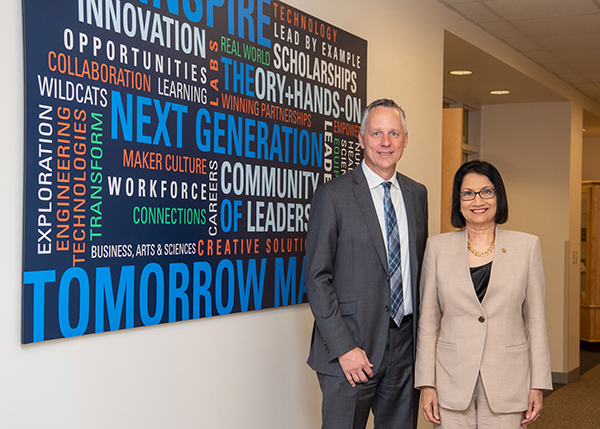
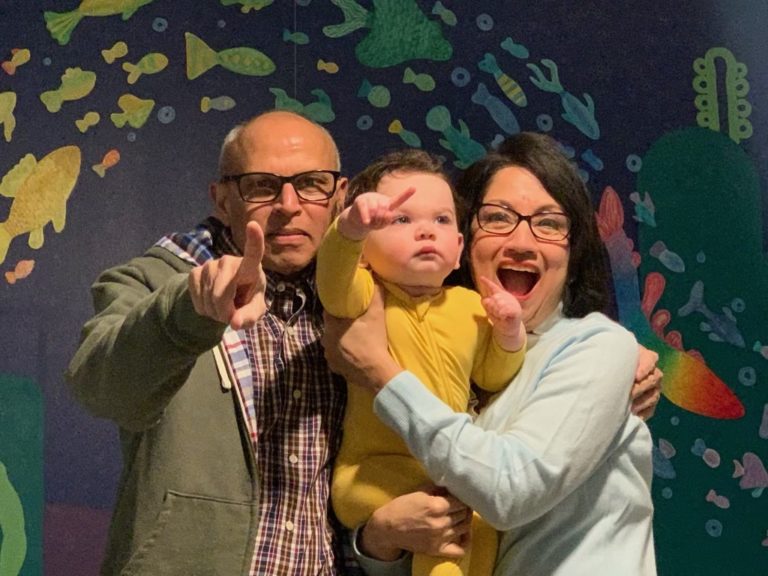 President Neeli Bendapudi and her husband, Venkat, with their 14-month-old grandson, Arjun[/caption]
President Neeli Bendapudi and her husband, Venkat, with their 14-month-old grandson, Arjun[/caption]